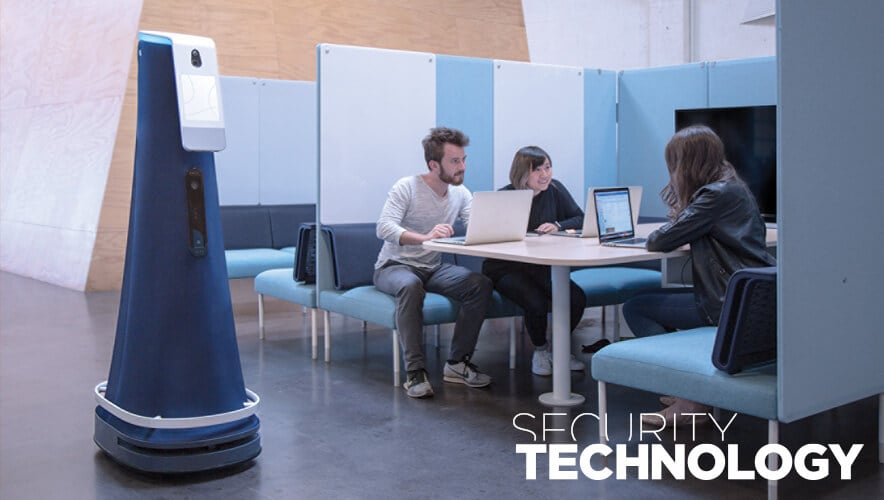The Future of Office Security
Artificial intelligence (AI) and machine learning bring huge benefits to the security landscape, especially for anti-fraud and identity management, mobile and app security, behavioral analytics and anomaly detection, and cyber-risk management.
But most of these applications are in cybersecurity, leaving the door wide open for physical security threats in the workplace.
Workplace strategy and design are evolving alongside AI. The office of the future emphasizes modern design, openness, and connectivity with open floor plans, glass walls, cafeterias, nap pods, and other amenities.
Amazon’s new office in Nashville, Tennessee, will have a landscaped green roof amenity deck where employees can get some fresh air, as well as a daycare center and a complex with shops and restaurants. Square is embracing the hot desking concept where employees don't have assigned seating and can move around freely to increase teamwork.
As offices become more modern and flexible, they need to ensure security coverage follows suit. Currently, corporate buildings employ security guards, cameras, gates, and other static tools like badge readers and fire alarms. But this existing infrastructure is insufficient. As offices grow, they tend to scale their security operations by adding more security guards. But this can be expensive and even inefficient; in general, security guards are limited in their ability to respond to threats—their main role is to observe and report.
The promises of AI and automation are taking over our collective social consciousness, but it’s important to keep security—both online and offline—top of mind. Some companies are already taking proactive steps to ensure physical security isn’t forgotten in growth efforts.
For instance, at Slack’s headquarters, security robots roam the office after hours, picking up subtle anomalies that human guards might miss—carbon monoxide, water leaks, unlocked doors, suspicious sounds, and other hazards.
Companies need a reliable security solution that bridges the gap between human skills and technology to make security in offices more effective and efficient. Enter: human-in-the-loop AI security. Robots and AI are good at detecting issues, humans are good at solving them.
We already use robots—dishwashers, microwaves, and autonomous vehicles—to be more productive in our personal and professional lives, so why not integrate this technology into modern office security?
Robots use machine learning to parse data at unprecedented rates—when a robot spots an anomaly, like an open door, a spill, or an unauthorized individual in the building after hours, it sends the information to the right security personnel to solve the issue in the way only humans can—with empathy and ingenuity.
Travis Deyle is CEO and cofounder of Cobalt Robotics.
